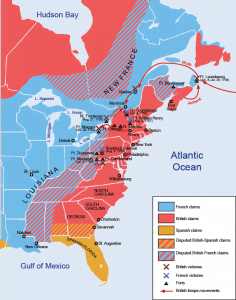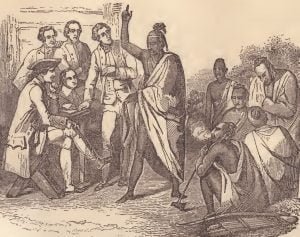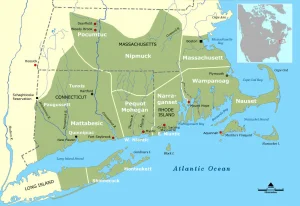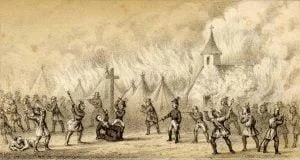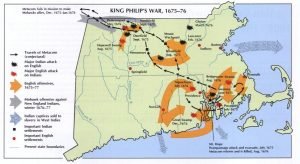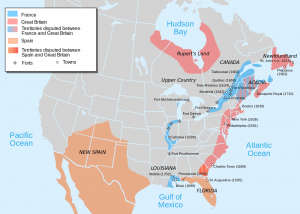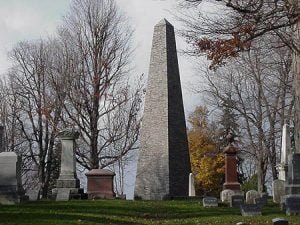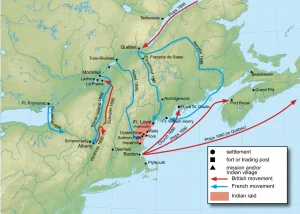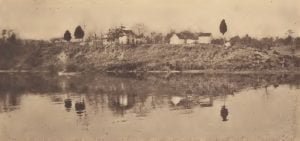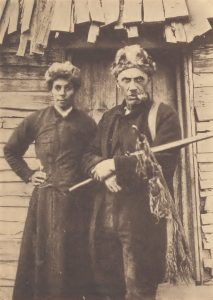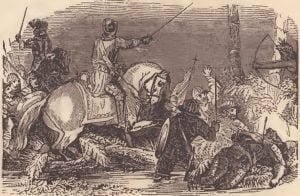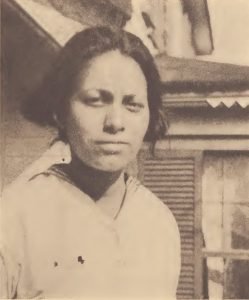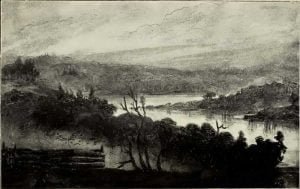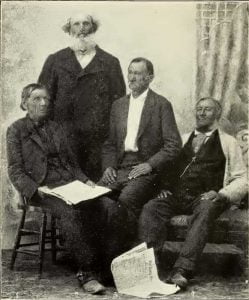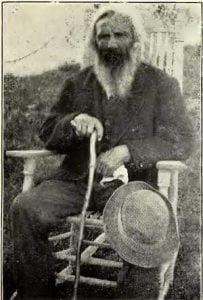The French and Indian War from 1754 to 1759 – Beaver Wars
After the peace, concluded between France and England in 1748, the French, excluded from the Atlantic coast of North America, designed to take possession of the country further west, and for this purpose, commenced to build a chain of forts to connect the St. Lawrence and the Mississippi rivers. The English, to prevent this scheme from being carried into action, formed an Ohio company, to whom a considerable extent of country was granted by the English government. Upon hearing of this, the governor of Canada notified the governors of New York and Pennsylvania, that if the English traders came upon … Read more

